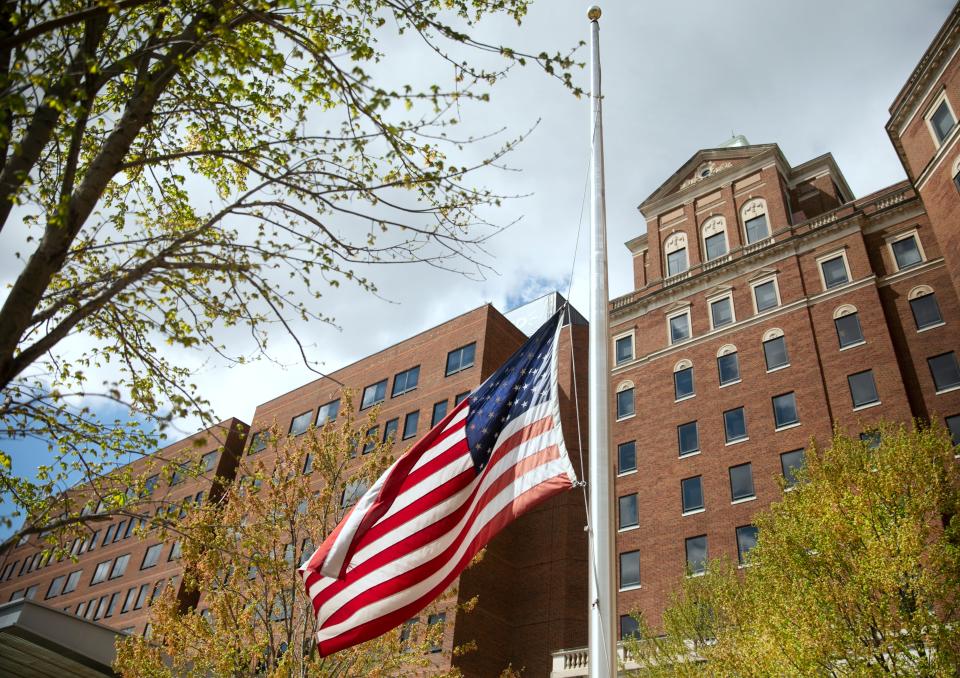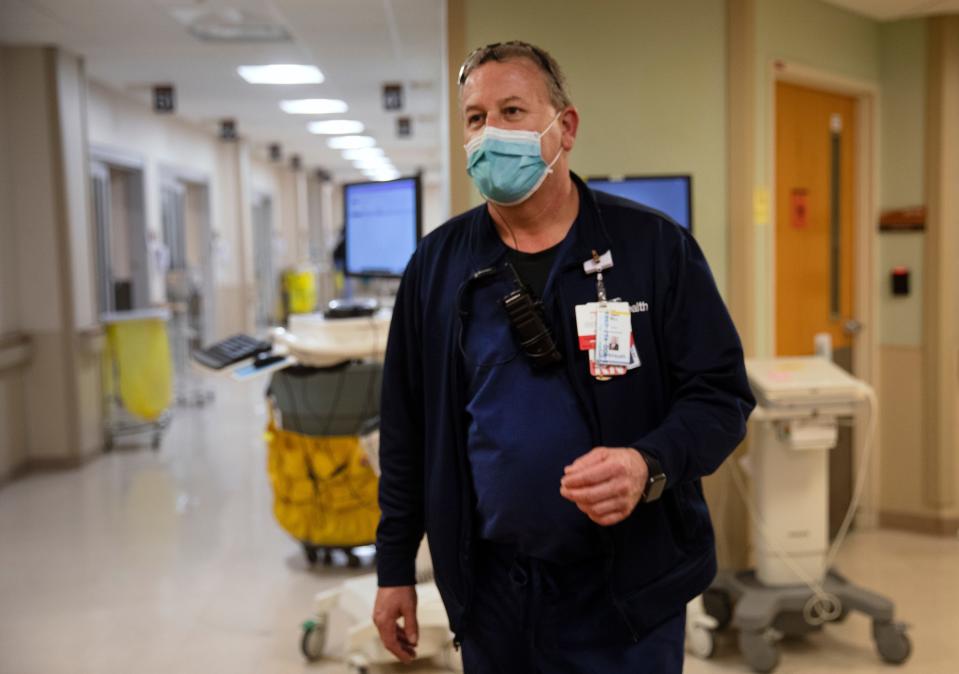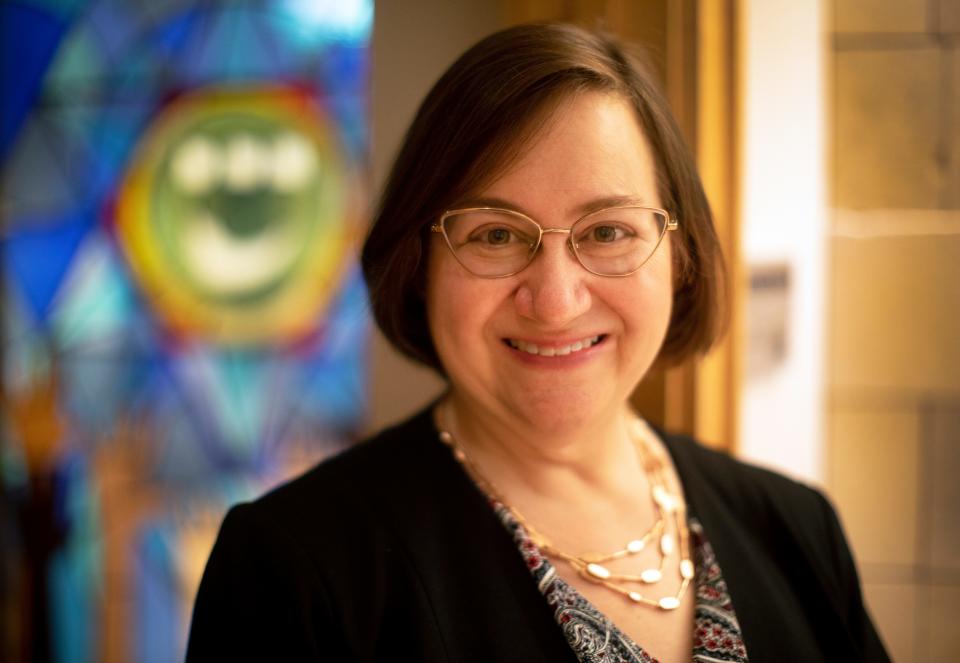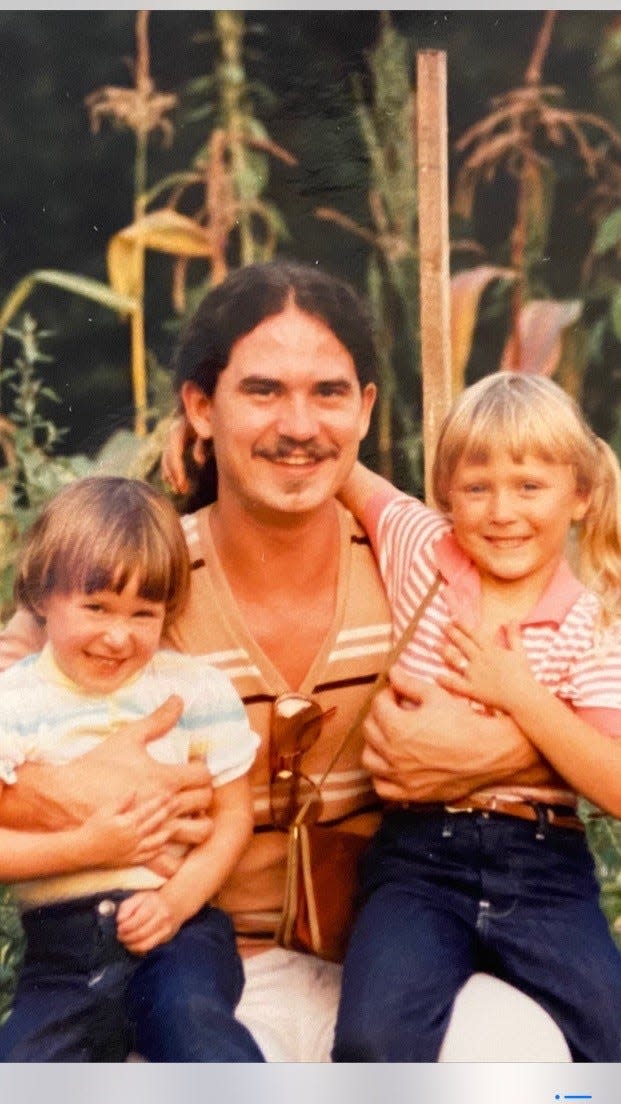COVID deaths keep coming: As U.S. nears a million, Greater Cincinnati approaches 5,000
Editor’s note: An earlier version of this story misstated the number of COVID-19 deaths in May 2020.
Since the pandemic arrived in March of 2020, the COVID-19 virus has officially killed just more than 38,000 Ohioans. In Kentucky, the number is nearing 15,000. Cincinnati has recorded 565 deaths, with nearly 5,000 for the eight-county Greater Cincinnati region.

Later this spring or early this summer, the national death toll, now just more than 980,000, will hit 1 million.
It is likely to be a muted milestone.
"Despite the ongoing harm COVID is doing to Cincinnati and other communities around the globe, many people seem to have moved on and stopped paying attention," said Josh Nelson, a Kennedy Heights resident who thinks lax attitudes toward masking could lead to more illness and death if another COVID wave arrives.
Nelson, who works as a political and non-profit consultant, worked with a few other volunteers to stage a local memorial event back in May 2020, when COVID deaths stood at 100,000. They opted to cancel when attention shifted to the death of George Floyd, and did not try again.
A full two years later, COVID fatigue has only grown – even for those still dealing with it every day.

Burnout is real
Bill Hawke’s first year as a nurse manager of the Good Samaritan Hospital Emergency Department has been filled with COVID stressors.
Last summer, 13 of the nurses on his 106-person staff left to take high-paid traveling nurse jobs. The ups and downs of COVID levels have created up and down staffing needs. He once worked 22 days in a row and had to cancel recent plans for a short trip to New Hampshire to cover a shift.
He controls his own stress by shutting off the TV. Early on, watching COVID news, “I felt like the world was coming to an end,” he said. He now works a lot in the yard and helps a friend with his concrete business. He’ll volunteer at the May 1 Flying Pig medical tent, too, like he did last year.
He also watches for stress on his team. Sometimes that requires moving a nurse from a demanding task to a more routine one. Sometimes it means suggesting they take vacation days.
With 30-plus years in nursing, Hawke considers empathy a job requirement. “If you’re burned out, go! I don’t need you here,” he tells his nurses. “Go do something fun! Go shopping!”
Last summer, he recharged his own empathy bank by organizing a Good Sam program to complete COVID vaccinations on people who’d had an allergic reaction to a first dose. Before that, in an earlier job, he got a boost by skirting rules and arranging a brief visit between a woman and her husband, just intubated while fighting COVID. “Three days later, he died.”
When the national death count reaches 1 million, Good Sam managers will mark it quietly – inviting their staff to recall patients they cared for and calling for a few moments of shared silence.

Fourteen end-of-life conversations a day
During the early months of COVID, Elena Stein reluctantly had to call it in.
As the chaplain at Jewish Hospital in Kenwood, the ordained rabbi usually ministers to patients at their bedsides and to colleagues in their offices.
But for about six months in 2020, she practiced “phone chaplaincy” from home.
“You’re not able to read people’s body language,” she said of the COVID-induced change. “Sometimes, they just want someone to hold their hand and you can’t do that over the phone.”
When she was back on site, but Jewish was still limiting visitors, Stein often served as the liaison between patients and their families about end-of-life decisions. At the peak of COVID, she had that conversation up to 14 times a day.
Stein acknowledges that COVID deaths hit her and her Jewish Hospital colleagues hard. Some, too pressed for time during chaotic shifts, sent her calls for help via Facebook. Now, the hospital has extra counselors available for staffers who need to process their grief, along with six "Code Lavender" rooms, quiet spaces that provide brief on-the-job respite.
Jewish is not planning an event to mark 1 million U.S. COVID deaths.
But in February, Stein’s four-person team did its part to promote healing, staging a memorial service where staff members eulogized their patients and participated in a traditional Jewish handwashing ceremony.
“We save a lot of lives at Jewish,” Stein said. “The number of lives that we could not save (because of COVID) was challenging.”
Brittany, Amber, Jorge, Norma and Pat
If Cincinnati were to stage a COVID memorial, names would be hard to come by.
That’s because government agencies can tally the count, but cannot, under the privacy rule of the federal Health Insurance Portability and Accountability Act, identify victims by name.
That leaves the decision to families. Some note COVID as the cause of death in obituaries. Some post it on social media. Some stay quiet, given strong public opinions on vaccinations, masking, lockdowns and much else related to COVID.
If there was a master list of the 4,950 Greater Cincinnatians killed by COVID it would include Amber Feltner of Mount Healthy, who died last Sept. 22, leaving the oldest of her eight children a surrogate mother to her siblings.
If there was it would include Jorge Gonzalez of West Chester, who died Oct. 18, leaving a wife and daughter and the Kings High School students he taught Spanish.
If there was it would include Norma Pidcock of Springfield, who loved the Reds; and Earl Gilbert of Cincinnati, who posted regularly to his "Health Is Your Wealth” Facebook page; and Dorielis Reyes-Paula of Middletown, who attended fourth grade at Wildwood Elementary School; and Pat Barry, who worked in local TV and radio newsrooms for four decades.
And it would include Brittany Luvender of Middletown. She died Oct. 1, at age 26, after delivering her second child, prematurely and by Cesarean section. She had declined vaccination for fear it would harm her baby.
Absent any formal memorial event, Jonathon Luvender is honoring his late wife with frequent Facebook posts. That’s where he provides updates on their two daughters and showed off a new tattoo in his wife’s handwriting. “You’re my person,” it reads, repeating one of her favorite lines about him.
“I’m trying my hardest to step up and be the best dad I can be,” he wrote on the sixth-month anniversary of Brittany’s death. “I miss you every day.”

'I'm still here, love'
Jessica Watt Dougherty thinks COVID victims deserve more attention than they are getting.
So she's become the first (and so far only) Ohioan to get involved in Marked By COVID. The national grassroots group is pushing to make each March 1 a COVID Memorial Day, with the support of an Arizona congressman.
The group's March 7 virtual vigil was the balm Dougherty needed as she mourned her father’s Jan. 7 death.
"I did not feel connected to anybody until I attended that vigil," the Bellaire, Ohio, woman said. Hearing about COVID loss from some of the other 900 online mourners, "I felt my soul sigh."
Now, she working with Marked By COVID organizers to add her coming mini-documentary to its site. "I'm Still Here, Love" will tell the story of her father, Randy Watt, a healthy Akron man who died at 64 less than three weeks after developing COVID. The title comes from Watt's last lucid text to his daughter.
She's heard the line of thinking that the nation cannot mourn its COVID deaths until the dying stops.
She rejects that, saying her pain fuels her passion. "This is the right time. This is when action happens."
Editor’s note: An earlier version of this story misstated the number of COVID-19 deaths in May 2020.
This article originally appeared on Cincinnati Enquirer: COVID deaths: 5,000 in Cincinnati area; 1 million, soon, in U.S.

